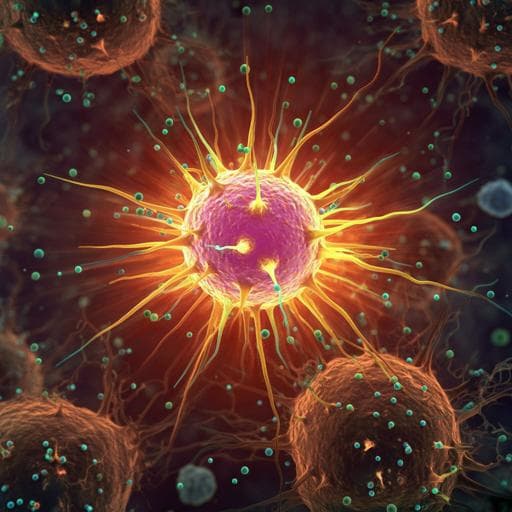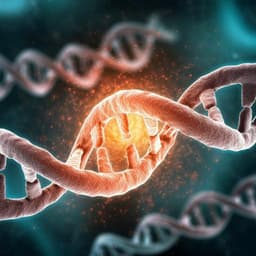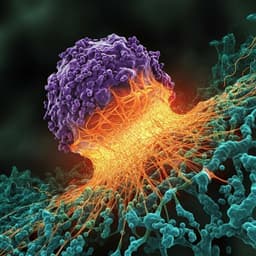
Medicine and Health
SK3 channel and mitochondrial ROS mediate NADPH oxidase-independent NETosis induced by calcium influx
D. N. Douda, M. A. Khan, et al.
This groundbreaking research by David Nobuhiro Douda, Meraj A. Khan, Hartmut Grasemann, and Nades Palaniyar explores the rapid, NOX-independent release of neutrophil extracellular traps (NETs). It uncovers vital differences in the signaling pathways that govern this process, highlighting potential therapeutic targets for controlling uncontrolled NETosis in inflammatory and autoimmune diseases.
~3 min • Beginner • English
Related Publications
Explore these studies to deepen your understanding of the subject.







